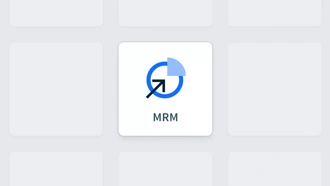The more techy readers might have heard of the term API before, or Application Programming Interface. But what exactly does it mean? And why should you want to use it? Similar to a so-called user interface the Digital Asset Management tool lets people access the digital asset management system. However, in this case a different computer system will access the DAM to find certain media. Once found, it will help to share assets, share metadata, and ensure data portability.
A Digital Asset Management tool that generates revenue
Smart connectivity tools like this particular one, should be seen as silent workers that will save you a lot of time. And it might actually generate additional revenues. For example, say we are running a company that makes a living out of selling photographs. In this case the API can synchronize the image management workflow with the e-commerce solution. Whereas previously everything had to be uploaded and re-tagged twice manually, this is now done fully automatic with the Digital Asset Management API. The images, including all of the metadata, EXIF info, or IPTC data, will be flawlessly and efficiently transferred to the e-commerce platform. Additionally, the API is not just a portal, and can be used as a powerful toolkit for image processing (i.e. generating previews and conversions).
Digital Asset Management solutions that ensure open access and data portability
After some years of using a local tool you might run into the problem, like so many others, of a full hard disk and other capacity limits. Basically, from that point on you’re likely to need a Digital Asset Management system, especially if there is metadata included during the data entry. This will also include open access to all your assets, and will guarantee endless scalability. One of the main advantages is that a DAM tool will prevent vendor lock-in, while granting direct access to your digital assets.
Digital Asset Management - easier access by sharing media and metadata
Here’s a big one. Let’s say you’re interested in sharing particular assets (i.e. media). Using a DAM API a museum, for instance, will be able to distribute its latest collections to particular magazines and its website. The latest collection is stored, together with all the others, within the digital asset management system. Before the use of the API, staff would have been required to enter all the info twice or establish a link between the records manually. On top of the data entry, users would be usually required to take a look at both records, simply to gather both the photographs and the information. These requests can be troublesome, as most employees are neither trained nor licensed to use both systems. All of these issues can be solved, by obtaining and employing the DAM API.
In today’s day and age where employees the most valuable asset to an organization, it is wise to think about whether you really want your employees to be copy-pasting thousands of records. In short, a DAM API will liberate you of this problem. Have a look at the Bynder API












